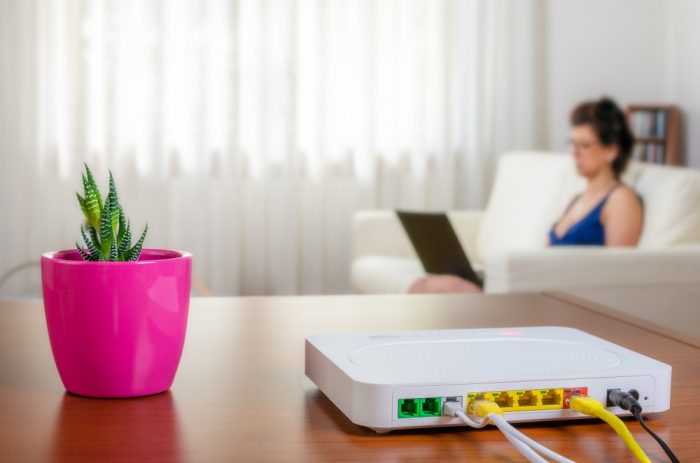One of the most important steps in a change of address, after opening the meter and home insurance, is having an Internet box. As any good Internet user would, you have asked Google for advice on finding the best router for your home. You have even pushed your curiosity to the point of carrying out an eligibility test, and now here you are: you can choose between ADSL or VDSL boxes. WHich can be a bit confusing. What's the difference? Which one is better? Welcome to a short explanation of what ADSL and VDSL are and their respective advantages.
ADSL and VDSL: two segments of xDSL
ADSL is known to most people, at least in name. The abbreviation stands for Asymmetric Digital Subscriber Line and is a communication technology that allows you to receive, among other things, a telephone line and digital data. This protocol was one of the first to allow data to directly be transferred to the web. Even today, ADSL is still the main communication technology used in homes to connect to the Internet, although it is gradually being replaced by fibre optics, the latest addition to the telecoms family.
VDSL in short is an ADSL 2.0, more powerful but less accessible. In terms of structure, the Very-High-Bit-Rate DSL network, just like so-called traditional ADSL, uses the telephone network.
The difference is that where ADSL only uses the telephone wire, VDSL also uses copper wire, which allows it to offer more powerful connection speeds than ADSL.
VDSL or ADSL?
If when you choose your Internet box from one of the main providers, they will offer you a VDSL version. In that instance it is better to opt for VDSL. It provides a faster navigation speed than ADSL, for both upload and download.
VDSL allows downloads from 15 to 70 megabits per second, whereas ADSL allows only 1 to 15 megabits per second. In other words, a download speed multiplied by 4.
For downloads, where ADSL speeds range between 0.5 and 1 megabit per second, VDSL can go up to 12 megabits per second while ADSL only offers 0.5 to 1. A time saving that online gaming and (legal) streaming enthusiasts will appreciate.
Unlike fibre to the home, which requires connection work (plugging in, installing the socket, etc.), which is subject to a charge, VDSL subscriptions are taken out like their ADSL counterparts (often at the same price) and the boxes are just as easy to install.
Moreover, as the whole of metropolitan France is already covered by the Orange telephone network (the same one that is working to roll out fibre to the home and may soon offer electricity contracts), VDSL does not require any additional cabling work for those who would be tempted by the VDSL adventure.
 8 August 2021
8 August 2021  3min to read
3min to read 
Comments